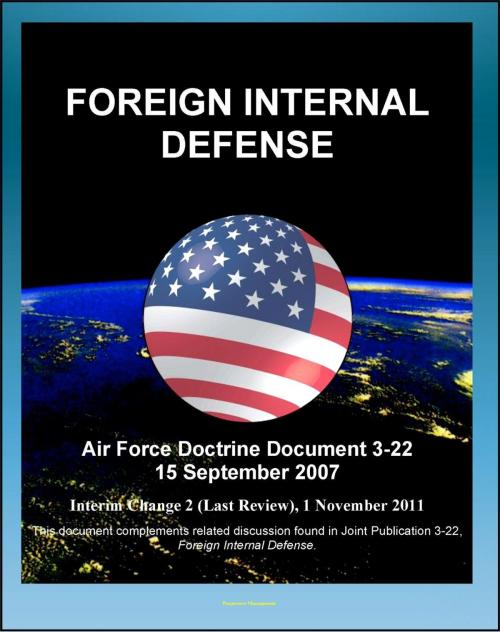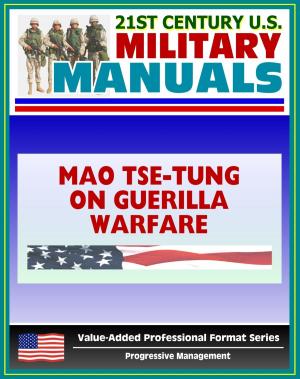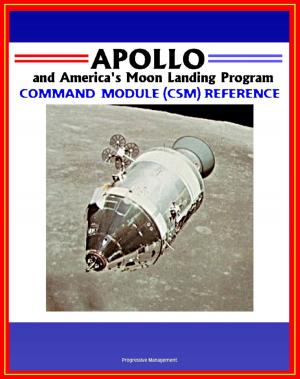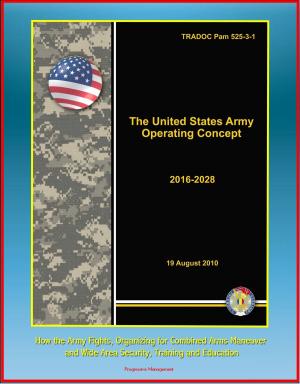Air Force Doctrine Document 3-24, Irregular Warfare: Countering Insurgency and Terrorism, Military Deception, Counterpropaganda, Understanding Insurgencies, Revolutionary Movements, Coup d'Etat
Nonfiction, History, Military, Aviation| Author: | Progressive Management | ISBN: | 9781476300757 |
| Publisher: | Progressive Management | Publication: | April 16, 2012 |
| Imprint: | Smashwords Edition | Language: | English |
| Author: | Progressive Management |
| ISBN: | 9781476300757 |
| Publisher: | Progressive Management |
| Publication: | April 16, 2012 |
| Imprint: | Smashwords Edition |
| Language: | English |
Air Force Doctrine Document (AFDD) 2-3, Irregular Warfare, establishes operational-level doctrinal guidance for irregular warfare (IW). IW is not a lesser-included form of traditional warfare. Rather, IW encompasses a spectrum of warfare where the nature and characteristics are significantly different from traditional war. IW presents unique challenges to military forces requiring innovative strategies for employing Air Force capabilities. Effectively combating and conducting IW is critical to protecting the US and its vital interests.
Our nation is at war. Warriors must plan and orchestrate irregular warfare as joint, multinational, and multi-agency campaigns, beginning with the first efforts of strategy development and concluding with the achievement of the desired endstate. As Airmen, we have a unique warfighting perspective shaped by a century-long quest to gain and maintain the high ground. We must be able to articulate Air Force capabilities and contributions to the irregular warfare fight, with its unique attributes and requirements. Employed properly, airpower (to include air, space, and cyberspace capabilities) produces asymmetric advantages that can be effectively leveraged by joint force commanders in virtually every aspect of irregular warfare. Irregular warfare is sufficiently different from traditional conflict to warrant a separate keystone doctrine document. While the fighting experiences in Iraq and Afghanistan should weigh heavily in the development of our doctrine, we intend this doctrine document to be broad, enduring, and forward-looking, rather than focusing on any particular operation, current or past.
Contents: Chapter One - Understanding Irregular Warfare * Chapter Two - Air Force Applications In IW * Chapter Three - Air Force Capabilities In IW * Chapter Four - Strategy And Planning * Chapter Five - IW Operations
Air Force Doctrine Document (AFDD) 2-3, Irregular Warfare, establishes operational-level doctrinal guidance for irregular warfare (IW). IW is not a lesser-included form of traditional warfare. Rather, IW encompasses a spectrum of warfare where the nature and characteristics are significantly different from traditional war. IW presents unique challenges to military forces requiring innovative strategies for employing Air Force capabilities. Effectively combating and conducting IW is critical to protecting the US and its vital interests.
Our nation is at war. Warriors must plan and orchestrate irregular warfare as joint, multinational, and multi-agency campaigns, beginning with the first efforts of strategy development and concluding with the achievement of the desired endstate. As Airmen, we have a unique warfighting perspective shaped by a century-long quest to gain and maintain the high ground. We must be able to articulate Air Force capabilities and contributions to the irregular warfare fight, with its unique attributes and requirements. Employed properly, airpower (to include air, space, and cyberspace capabilities) produces asymmetric advantages that can be effectively leveraged by joint force commanders in virtually every aspect of irregular warfare. Irregular warfare is sufficiently different from traditional conflict to warrant a separate keystone doctrine document. While the fighting experiences in Iraq and Afghanistan should weigh heavily in the development of our doctrine, we intend this doctrine document to be broad, enduring, and forward-looking, rather than focusing on any particular operation, current or past.
Contents: Chapter One - Understanding Irregular Warfare * Chapter Two - Air Force Applications In IW * Chapter Three - Air Force Capabilities In IW * Chapter Four - Strategy And Planning * Chapter Five - IW Operations















